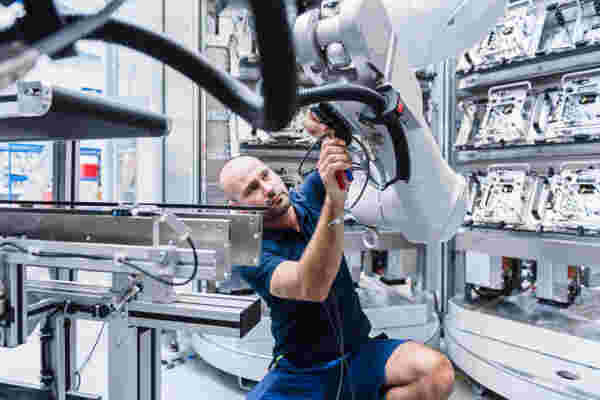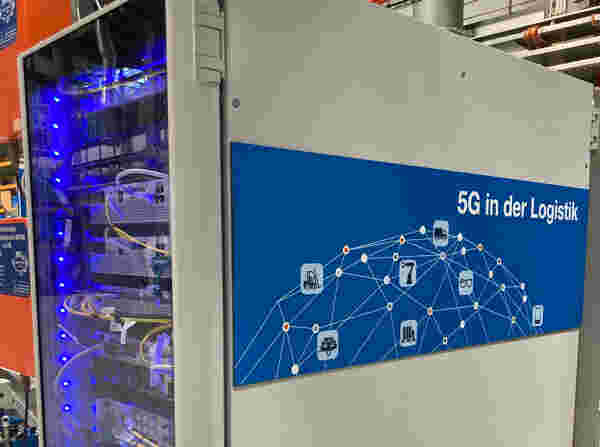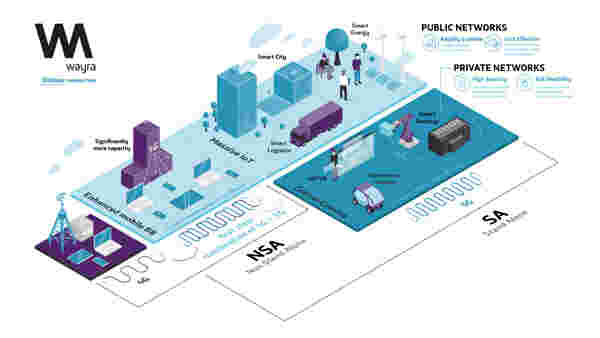
Container for the scroll indicator
(Will be hidden in the published article)
5G Connectivity in the Enterprise
5G as a Driver of Industry 4.0
In addition to consumer business, mobile network operators are also looking after connectivity in companies. In doing so, it's about more than equipping employees with SIM cards and suitable business tariffs. O2 Telefónica provides secure communications solutions for companies via VPN and firewalls. Other offerings for business customers include centrally software-controlled SD-WAN solutions for secure and efficient company site networking.
And that's not all: O2 Telefónica intensifies its engagement in the B2B sector and sees itself as a broadly positioned partner of industrial companies and future-oriented medium-sized businesses. One of the key competencies of an experienced network operator is the provision of high-performance connectivity with complete radio coverage in the production halls and throughout the company premises. The current 5G mobile communications standard is regarded as an enabler of Industry 4.0 and has enormous potential when it comes to establishing new digital applications and achieving productivity advances: among other things, 5G facilitates the massive networking of sensors and devices. Thanks to lower delay times, 5G enables wireless robot control in real time or the use of high-resolution camera images in quality assurance, monitoring and for remote control via monitors in central command posts.
Server of the new campus network of TU Munich
Latest 5G Mobile Private Networks implemented by O2 Telefónica
5G Intralogistics Lab TU Munich and 5G Showcases Hannover Messe
The conditions to improve its competitiveness with new 5G applications are already in place today, as Hannover Messe 2022 in early June made clear. O2 Telefónica had set up a 5G campus network at its booth and demonstrated business use cases. This also included a comprehensive cyber security solution for mobile networked robots. Together with software partner Alias Robotics, O2 Telefónica can extend the high security standards enabled by 5G beyond connectivity, minimizing potential security risks during maintenance and configuration as well.
5G campus networks are an important business topic, and not just at industry trade shows. Automobile manufacturers, public administration, hospitals and universities are already using the current mobile communications standard to develop and test new use cases. The latest example: a department at the Technical University of Munich concentrates on the use of autonomous transport vehicles and automated robotics solutions that optimize the flow of goods and materials on company premises. For this purpose, O2 Telefónica has set up a 5G campus network and released it for operation in July.
The TU Munich can use it to research new intralogistics applications and study how the benefits of 5G technology affect in this area. During the project, O2 Telefónica engineers are supporting the university with technical consulting services.
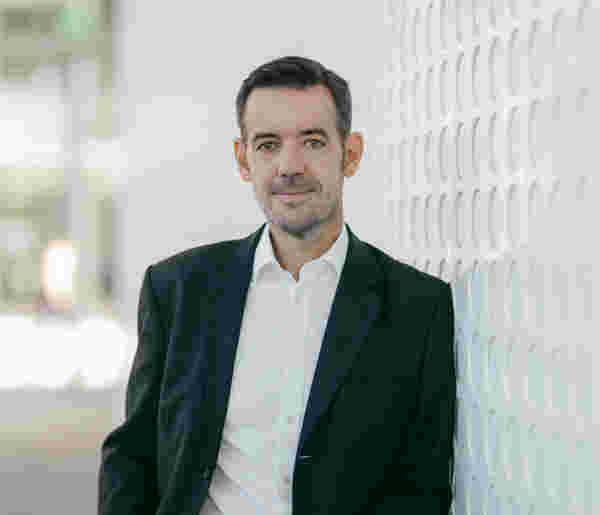
Karsten Pradel
B2B Director responsible for the business customer segment at O2 Telefónica
“Innovative strength and efficient value chains based on state-of-the-art technologies are strengths of German industry. The rapid deployment of the latest mobile communications standard 5G can further strengthen the performance of German companies.”
How Companies acquire a 5G Campus Network and what they get out of it
In Germany, every company can operate a 5G mobile private network with up to 100 MHz bandwidth on its premises. The frequency range between 3.7 and 3.8 GHz is reserved for this purpose. The necessary radio licenses are issued by the Federal Network Agency. The licensing costs and bureaucracy are within reasonable limits. 5G campus networks usually consist of the radio access network (RAN) including outdoor antennas and often even more compact indoor antennas for seamless indoor coverage, and a core network (5G Core) responsible for smooth communication control.
Compared with other wireless network standards such as WLAN (WiFi 6), the use of locally exclusive mobile radio frequencies promises greater resistance to interference and reliable, uninterrupted radio coverage. In addition, 5G campus networks facilitate the enforcement of strict security policies. But there are other performance benefits as well: The self-contained, localized architecture enables enterprise customers to access wireless advancements such as 5G Standalone (5G SA), including network slicing, earlier. For time-critical applications, computing power can be provided where it is needed on the company premises via mobile edge computing (MEC).
Within the bounds of what is technically and economically feasible, mobile private networks (MPN) can serve higher performance requirements of an innovative business app earlier than in the public networks, which must reliably provide their performance parameters nationwide and for millions of smartphone users. This means that use cases that require a mobile infrastructure with extremely high data rates (eMBB, enhanced mobile broadband) or particularly low latencies below 10 milliseconds (uRLLC, ultra reliable low latency communication) or massive machine type communication (mMTC) can be implemented faster and sooner on the company premises.

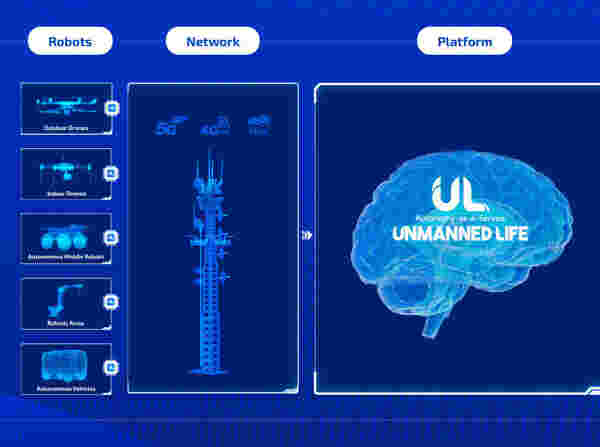
Unmanned Life
...focuses on autonomous robotics and has developed a centralized, intelligent software platform for controlling fleets of drones.

YBVR
...offers new immersive sports experiences during live broadcasts. Its virtual reality app makes it possible, for example, to watch a tennis match from different angles using VR glasses.
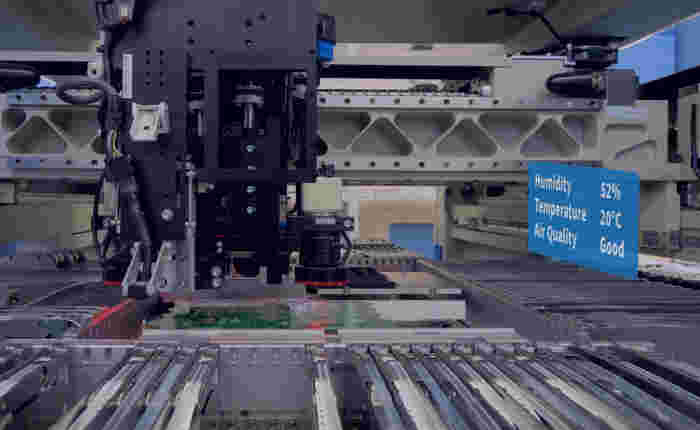
Haltian
...is based in the IoT sector. The startup aims to make building management smarter and the working environment for employees more comfortable. To this end, office buildings are equipped with sensors. This allows relevant data such as room temperatures, air quality and movements to be recorded, transmitted via the mobile private network and visualized on monitors using detailed models of the buildings (digital twins).

Eyecandylab
The start-up founded in Munich in 2017, enriches video streaming with additional animated product and entertainment content and uses AR (Augmented Reality) elements to create a more immersive experience.
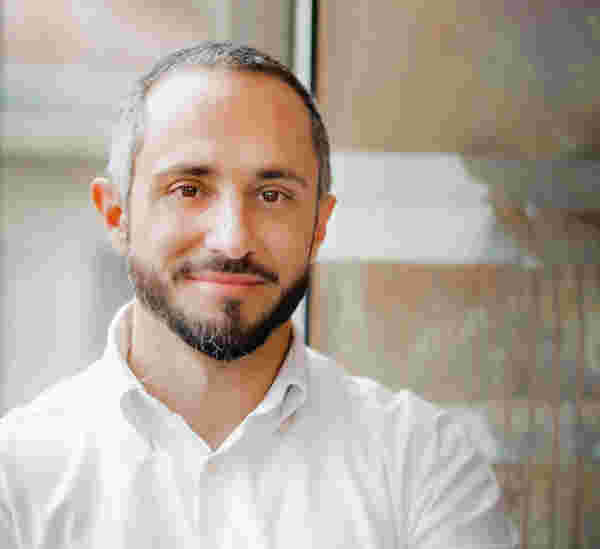
Florian Bogenschütz
CEO of Wayra Germany and head of the new 5G Tech Lab
“With our 5G Tech Lab, 5G applications can be tested live and transferred to commercial use in everyday life. In this way, we are creating space for real innovations. Together with Telefónica Deutschland / O2, we are ensuring '5G - Made in Munich'.”


Container for the dynamic page
(Will be hidden in the published article)
